Last Updated on June 24, 2024
What happens when you blend the supernatural Western vibe of the Clint Eastwood movie High Plains Drifter with the vehicular mayhem of George Miller’s action masterpiece The Road Warrior, and bring that mixture to the screen in the middle of the 1980s? The result is writer/director Mike Marvin’s action-packed supernatural revenge film The Wraith (pick up a copy HERE), which we’re taking a look at in this episode of The Best Horror Movie You Never Saw.
CREATORS / CAST: Mike Marvin got his start shooting skiing documentaries in the early 1970s, then shifted his career into the realm of narrative features in the ‘80s. After writing Hot Dog: The Movie and directing Hamburger: The Motion Picture, he ditched the food theme to bring the world The Wraith, which seems a lot like a precursor to The Crow when you break it down to the basics. Although The Crow wasn’t published until 1989, James O’Barr started writing it in 1981, five years before The Wraith was released, so obviously he didn’t lift the concept from this film. They just happen to have a similar set-up.
The cause for all the trouble here is a group of road pirates with jolly pirate nicknames like Skank, Gutterboy, and Rughead. One of them is named Minty, in honor of Emil Minty, the child actor who played the Feral Kid in The Road Warrior. These guys get their kicks forcing people with nice cars to race them for pink slips, but that’s not the worst crime they have committed. The head of the group is Packard Walsh, who has an unrequited passion for roller skating burger joint carhop Keri Johnson. Although Packard tells Keri no one in the world loves her like he does, he’ll also have sex with other girls on the side while he waits for her to come to her senses. But he’s so intensely possessive of her, that when she started going out with a guy named Jamie Hankins, he and his gang murdered Jamie. Sometime later, a stranger named Jake comes riding into town – and Jake’s arrival coincides with the appearance of a helmeted, shotgun-toting figure who drives around in an otherworldly Dodge M4S Turbo Interceptor. The driver of this Interceptor proceeds to wipe out the road pirates, and it’s clear they’re some kind of supernatural entity that’s avenging the death of Jamie Hankins.
Marvin assembled a cool cast to bring his characters to life, starting with Charlie Sheen as Jake and Nick Cassavetes, who would go on to direct The Notebook, as Packard. Jake very quickly gets on Packard’s bad side by striking up a romance with Keri, who is played by Sherilyn Fenn. Marvin didn’t actually want Fenn for the role, as he felt she wasn’t a good actress, but the producers picked her over his choices, which included Melora Hardin.
Matthew Barry has a prominent role as Jamie’s brother and Keri’s co-worker Billy Hankins, Randy Quaid is the local sheriff Loomis, and filling out Packard’s gang are Clint Howard as Rughead; David Sherrill and Jamie Bozian as the memorable double act of Skank and Gutterboy; Chris Nash as Minty, who barely registers as a character, since the only notable thing about him is his letterman jacket; and Griffin O’Neal of April Fool’s Day as Oggie. Oggie doesn’t have a lot to do, but he would have been drawing a lot people into viewings of this film over the years if Marvin had been able to cast the actor he wanted for the role: Johnny Depp. Depp was another casting choice he couldn’t get past the higher-ups, but Depp was still around the set during production because he was dating Fenn at the time. He just didn’t end up in front of the camera.
You may notice that several of the cast members are related to other popular movie stars and filmmakers. Charlie Sheen, son of Martin Sheen and brother of Emilio Estevez. Nick Cassavetes, son of John Cassavetes. Clint Howard, son of Rance Howard and brother of Ron Howard. Griffin O’Neal, son of Ryan O’Neal. Randy Quaid, brother of Dennis Quaid. This wasn’t a coincidence, Marvin was told to pack the film with Hollywood royalty.
BACKGROUND: The origin of The Wraith can be traced back to Disney, where Marvin set up a project about Los Angeles street racers that was going to be called Banzai Runner, which is what racers in California called themselves at the time. As development went on, the story drifted away from the initial idea, and while a movie with the title Banzai Runner was released in 1987, it didn’t have anything to do with what Marvin was working on at Disney earlier in the decade. Marvin spent years developing and writing the script, and the story of L.A. street racers – the sort of characters The Fast and the Furious would be based on more than a decade later – became a modern take on High Plains Drifter. Eventually Disney put the project into turnaround, so Marvin took it to Buck Houghton, producer of the original Twilight Zone. And that’s when it finally got rolling into production.
Unfortunately, once Marvin got on the set in Tucson, Arizona, he and producer John Kemeny ended up butting heads a lot, and because of this you won’t hear Marvin say very positive things about his experience working on The Wraith. Even though he enjoyed his time with the cast and remains friends with some of them, he has said that every day of filming the movie was miserable because of the producer. One of his biggest complaints about Kemeny is that the original schedule had called for second unit to spend eighteen days filming the car chase sequences, but the producer cut the schedule down to just eight days because he was in a hurry to get The Wraith wrapped up so he could move on to his next film
The second unit crew was only two days into filming the chases on winding mountain roads when tragedy struck. While filming the action, a vehicle that was overloaded with crew members and equipment went around a curve too quickly and turned over. Several crew members were injured, and camera operator Bruce Ingram was killed in the crash. The film is dedicated to his memory, and with this in mind it’s understandable that Marvin finds it difficult to look back on the production fondly.
The chase sequences weren’t the only things compromised by a shortened schedule; Marvin also had to remove fifteen pages from the script, pages that would have provided more information on the Wraith character and how exactly this supernatural revenge scenario works. This exposition was going to come from someone Marvin describes as a “prairie witch”, a character who is consulted by Sheriff Loomis as he tries to figure out why all the criminals in his town keep dying in mysterious, fiery car crashes. The prairie witch didn’t make it into the movie at all, and it doesn’t feel lacking without that character and their explanations in it. There are some lingering questions, but that doesn’t stop the film from being awesome. Besides, the movie has the perfect running time at ninety-three minutes, it didn’t need to be any longer.
There were other behind-the-scenes issues that made The Wraith a less-than-enjoyable experience for Marvin, like bad attitudes from certain crew members and the fact that the editor quit before he was finished cutting the film together and had to be replaced by an assistant, so it’s kind of surprising that none of this negativity can be detected in the finished film, and that it all cuts together as well as it does. The movie comes across as a fun romp, it feels like everyone must have had a blast while making it, but that was not the case for the director.
Marvin’s complaints extend to the distribution of the film, as he claims the producers cheaped out on the film prints, resulting in sound problems when it was released to 600 theatres. As far as he’s concerned, that may be why The Wraith only made three-point-five million dollars at the U.S. box office, because viewers had trouble hearing the muffled audio when they went to see it. Since the film was shot on a budget of two-point-nine million, three-point-five was not considered a successful haul. The Wraith came and went in theatres – but then luck finally turned in the film’s favor, because it was able to reach an appreciative audience through VHS rentals and regular airings on cable. It has still never been an extremely popular film, but it has a solid cult following, and that cult is growing all the time. That’s a fact that Marvin finds baffling, but I think anyone who watches it without his personal connection to the material will find it easy to see why this movie has so many fans and continues to gain more.
WHAT MAKES IT GREAT: The Wraith is especially strongly recommended to viewers who have nostalgia or appreciation for the 1980s, because this movie is about as thoroughly ‘80s as you can get. This wouldn’t have come out of any other decade. Every frame is a gloriously ‘80s visual, not just due to the fashions and locations, but also due to the cinematography by Reed Smoot, who gives us sights like blue-lit nights; flashbacks soaked in red lighting; a colorfully lit, foggy cemetery; and don’t forget all the neon in the road pirates’ hangout.
The movie is pure joy to look at and to listen to, as the ‘80s feeling gets a boost from the incredible soundtrack, which features the likes of Ozzy Osbourne, Motley Crue, Robert Palmer, Tim Feehan, Stan Bush, Lion, Bonnie Tyler, and more. Strangely, Marvin actually fought against the rock soundtrack, wanting the film to rely more on the original score from Michael Hoenig and J. Peter Robinson instead of needle drop songs. This is a rare instance of a director not really knowing what was right for his own film, because the soundtrack for The Wraith greatly enhances its entertainment value.
Charlie Sheen is fittingly enigmatic as Jake. Matthew Barry is quite likeable as Billy, and has a stunning dramatic moment near the end of the film. Despite the director’s objections to her casting, Sherilyn Fenn does a fine job as the girl being fought over by the homicidal and the undead. Randy Quaid’s presence is always welcome in any film. But the true MVPs are the villains, with Nick Cassavetes coming off as suitably unhinged in the role of Packard, perfectly selling lines like his threat to Keri: “If you’re not gonna be my girl, you’re not gonna be anybody’s.” Clint Howard is reliably odd as the tech expert Rughead, whose hairstyle was an homage to Eraserhead. And then you have David Sherrill and Jamie Bozian as the tweaked-out Skank and his dimwitted sidekick Gutterboy. These guys are hilarious in their roles, tossing out dopey lines as well as lines lifted directly from classics like The Thing and Rebel Without a Cause. Skank is perpetually whacked out of his mind on substances, but not the usual narcotics. This guy drinks brake fluid and hydraulic fluid and snorts WD-40. When he consumes these things, he reacts in the way you would expect someone to react – assuming it wouldn’t just cause them to drop dead on the spot.
BEST SCENE(S): The car races and chases may not have been all they were intended to be, since the filming schedule was cut in half and because of the tragic accident, but they still turned out well on screen. When planning these sequences, Marvin turned to one of the all-time greats. He admitted, “I wanted to emulate George Miller’s Road Warrior, and if you look at the way I structured the crashes, we went through Road Warrior frame by frame, literally. We discovered how he cut his movie together and we did the same thing. … Nobody can out-do George Miller, but I was trying to.”
These vehicular sequences come along quite frequently, the movie never goes too long without throwing some high speed action your way. It’s all awesome, but Marvin made sure to save the best, biggest, and longest chase for the climax, when it all comes down to the Wraith vs. Packard – and some police cars in the mix as well.
With all the action, the ‘80s sights and sounds, and the amusing moments with characters like Skank and Gutterboy, it’s tough to choose what the best scenes in the movie are; the best thing about this movie is the entire ninety-three minute experience. Of course, there are some highlights, with one being the scene in which the Wraith walks into the villains’ garage hangout and confronts them with a shotgun, which is part of the revenge mission because a shotgun was used in the murder of Jamie Hankins. The Wraith only uses the shotgun in this one scene and doesn’t shoot anybody with it, but that gun is used to cause a lot of property damage, and the road pirates can’t do anything but watch.
PARTING SHOT: The making of The Wraith was a nightmare for the director and it will always have the tragic loss of a crew member hanging over it, but this movie still manages to be one of the most purely entertaining releases of the ‘80s. While Mike Marvin may be at a loss as to why his film endures to this day, someone who gets it is Clint Howard, who counts himself among the fans of The Wraith.
The legendary character actor has said that he had a wonderful time working on the film and still enjoys it whenever he sees it, especially the driving scenes. Howard said, “I admire quite a bit of that movie. Some of (it) doesn’t ring true to me, but generally speaking I thought it was great.”
And if Clint Howard thinks it’s great, who are we to argue?
Some previous episodes of Best Horror Movie You Never Saw can be viewed below. To see more, check out our YouTube channel JoBlo Horror Videos – and subscribe while you’re at it!


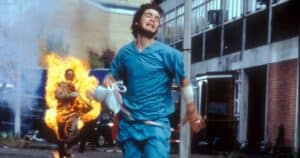



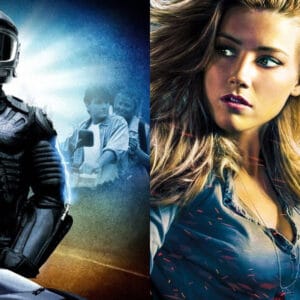
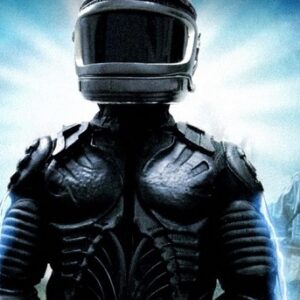
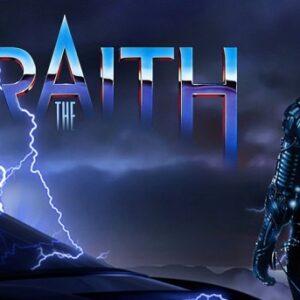

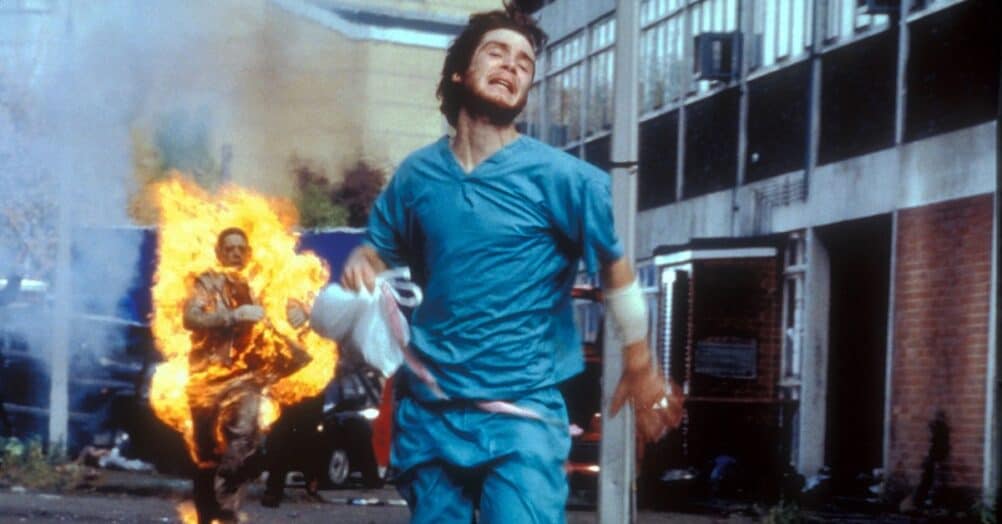





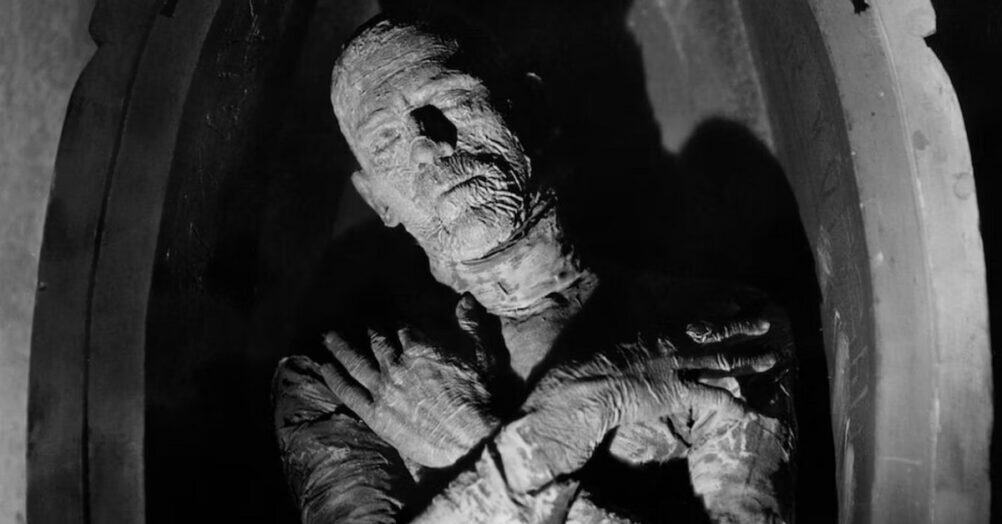
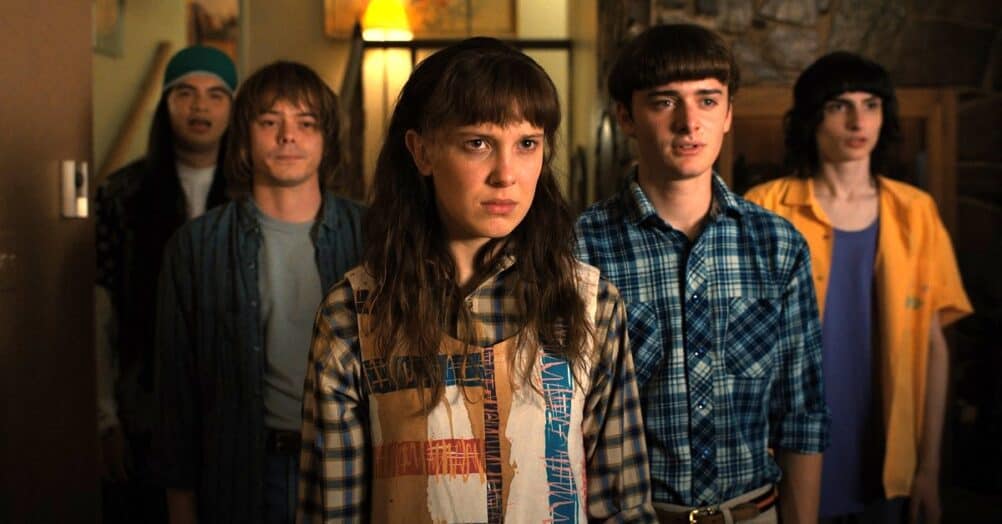

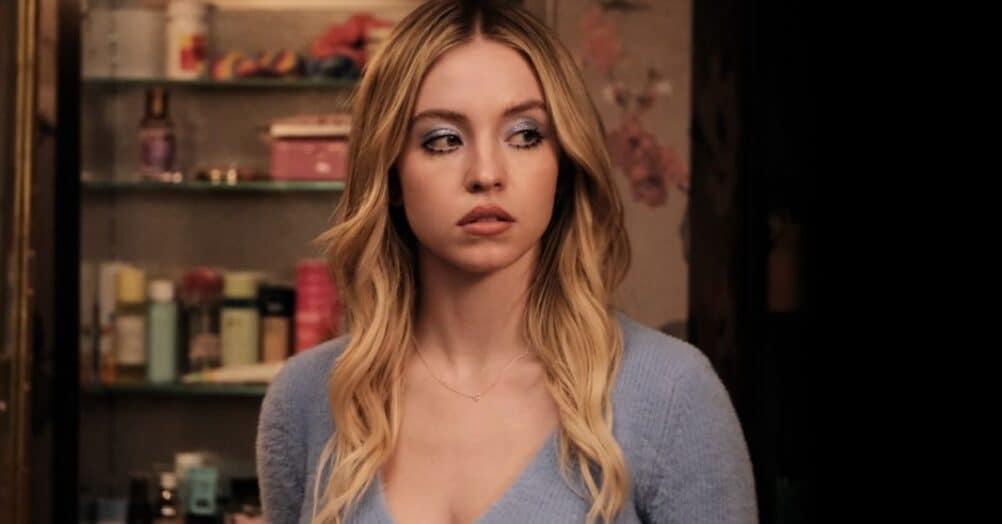
Follow the JOBLO MOVIE NETWORK
Follow us on YOUTUBE
Follow ARROW IN THE HEAD
Follow AITH on YOUTUBE